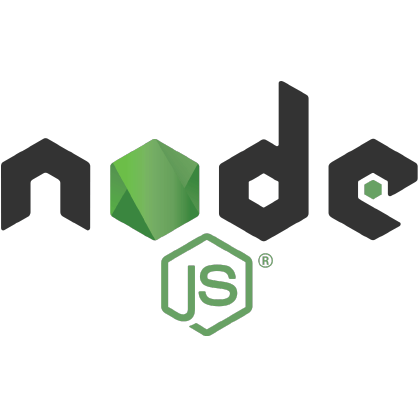
Business Objective
Nokia, a technology mogul, appointed Successive Technologies to build a UI-based SAAS platform that allowed the telecommunication entities partnered with Nokia to visualize their network’s usage via a comprehensive dashboard backed with a data architecture. Nokia calls this digital transformation the VSD Framework.
Business Challenge
Decrypting data in the millions
The influx of data was more than massive and decrypting, studying, and streamlining it into a robust system demanded quick actions and sturdy systems.
Complex Graphical Representations
Nokia wanted to enable its clients with the ability to function sophisticated graphical representations to study complex data, which was a challenge to construct at that time.
Coordinating and Implementing
Coordinating with executives, data scientists, and employees across multiple levels, seeking approvals, and implementing every step was a strenuous task pulling down on productivity.

Business Solution
Successive Technologies deciphered key challenges associated with the framework, including disruptive distribution of data and an existing obtuse user interface design, and employed leading D3Js, React, and Material UI, among other software to build user-driven, brand-oriented, UI dashboards and visualizers. An automated programmable Network Topology with a multi-cloud strategy was put in place that delivered immersive results and revitalized business performance through an engaging platform that pulled more prospects for Nokia.
Contact⟶ Download PDF

Download PDF
Key Features
- Ensure On-Demand Scalability
- Improve Business Efficiency
- Ensure Unpredictable Data Growth
- Provide Flexible Multicloud Strategy
- Lower Total Cost of Ownership (TCO)
- Improve Network Resource Efficiency
- Fully Automate Programmable Network Fabric
- Improve and Measure Customer Experience
Business Impact
We create a valuable difference
Website loading speed increased by
90%
Data fetching speed improved by
80%
Our Work
Delivering Innovation with Disruptive Technologies See All

Product Engineering
Developed a Mobile Application for a Leading Apparel Brand
We helped the client build a customized mobile application based on Shopify headless, which led to a 42% increase in mobile-based conversions & significant boost […]
Read more
Digital Strategy
Commerce platform Digital Transformation with Magento
The client has gone through a digital transformation through Magento has significantly bolstered its market position in the outdoor gear industry.
Read more
Digital Transformation for a Building Material Supplier
The client’s transformation reflects how focused digital engineering can simplify operations, enhance customer interactions, and support sustainable growth in a highly competitive market.
Read moreSuccess Stories
Logics LLC, USA
We have been continually working with technology experts at Successive. I appreciate them looking at our infrastructure to provide suggestions and I’m very impressed with their growth in recent years.
Ben Van Zutphen
Founder & CEO
CRE Models, USA
We worked on our first project 6 years ago, our business invests in real estate technology companies and we use their services for all the subsidiary companies that we invest in. I highly recommend them for any requirement you may have in the technical world.
Mike Harris
Managing Director
EWP, USA
When we first got in touch with Successive, we were looking to develop a sophisticated search technology integrated with an AI software system. It was a highly complex project that required a lot of adroitness which is exactly what Successive provided us with.
Myles Levin
President
PlayBetr, USA
We have been delighted working with Successive Digital. They helped us achieve and exceed our business goals. From Laravel, Json, Node to any technology or feature, the team delivered extreme standardization, excellence, and streamlined automation. Thumbs up to Sid and his team.
Marvin Jones
Director
Frontier Precision, USA
The process of Successive Digital is extremely smooth and commendable. I loved the upfront communication, well-organized sprints and immersive documentation, especially the Redmine system, to track daily progress easily. We are looking forward to working with Successive on our upcoming projects too.
Chad Minteer
CEO
Display Now, USA
I am extremely grateful to Successive Digital for being a wonderful and strategic partner. The team promptly understood the concept, took daily mockups, presented a comprehensive set of specifications, turned them into designs and built a scalable solution. It’s been awesome working with you guys




















